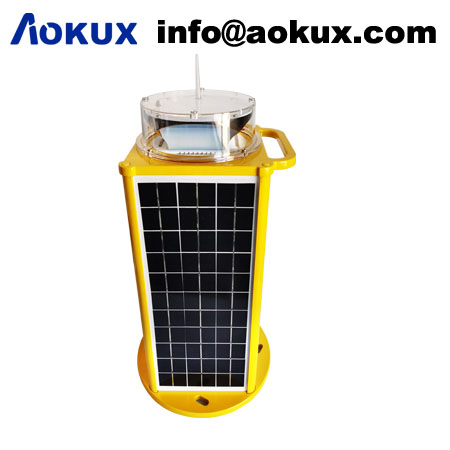
Marine Lantern Light-Navigating the Seas with Clarity and Safety
Introduction:
Marine lantern lights have long been an essential tool for sailors and mariners, providing crucial visual guidance and safety measures during sea voyages. These lantern lights, also known as marine beacons or navigational lights, play a vital role in aiding vessel navigation, marking channels and hazards, and ensuring safe passage through waterways. This article will explore the significance, features, and advancements of marine lantern lights in enhancing navigation, safety, and the overall maritime experience.
Significance of Marine Lantern Lights:
Navigation Aid: Marine lantern lights serve as a primary means of navigation for seafarers. These lights are strategically positioned to mark navigational channels, reefs, rocks, and other potential hazards. By following the specific light patterns and colors of these beacons, sailors can safely navigate through unfamiliar waters, maintaining their course and avoiding dangerous areas.
Safety Enhancement: Marine lantern lights significantly contribute to the safety of vessels at sea. They provide clear visibility and serve as important reference points for both maritime traffic and search-and-rescue operations. These lights help other vessels identify and assess the position, direction, and status of nearby ships, promoting collision avoidance and ensuring timely assistance in case of emergencies.
Compliance with International Regulations: Marine lantern lights are designed and installed in accordance with international maritime regulations, such as the International Association of Marine Aids to Navigation and Lighthouse Authorities (IALA). These regulations ensure consistent light characteristics, including color, intensity, and duration, across different regions and waterways. Compliance with these standards enhances global maritime safety and facilitates seamless international navigation.

Features of Marine Lantern Lights:
Different Light Characteristics: Marine lantern lights exhibit various characteristics to convey specific information. For example, a steady light indicates the presence of a navigational aid, such as a lighthouse or buoy, while a flashing light signifies a warning or cautionary symbol. These light characteristics, combined with specific colors and sequences, allow mariners to interpret the information and make informed navigational decisions.
LED Technology: Many modern marine lantern lights utilize Light Emitting Diode (LED) technology. LEDs offer numerous advantages, including high energy efficiency, long operational life, and excellent visibility. LED-based lantern lights consume less energy, reducing environmental impact and maintenance costs, while providing bright and reliable illumination for extended periods.
Remote Monitoring and Control: Advancements in technology have facilitated the integration of remote monitoring and control systems for marine lantern lights. These systems allow operators to remotely monitor the status, performance, and energy efficiency of the lights. Additionally, they provide the flexibility to adjust light characteristics, such as intensity or flash patterns, based on changing weather conditions or navigational requirements.
|
Marine Lantern Light |
Marine Lantern Lights |